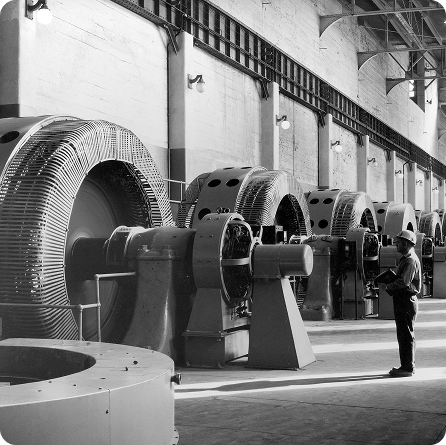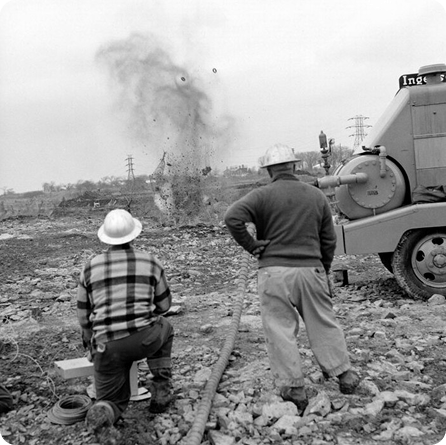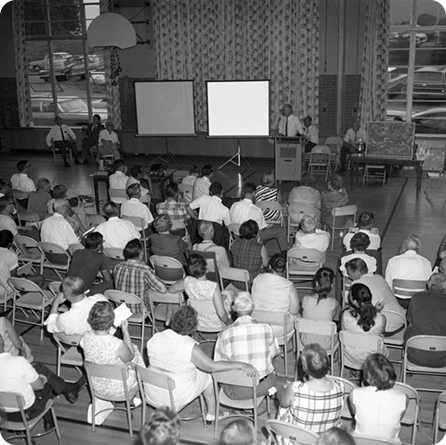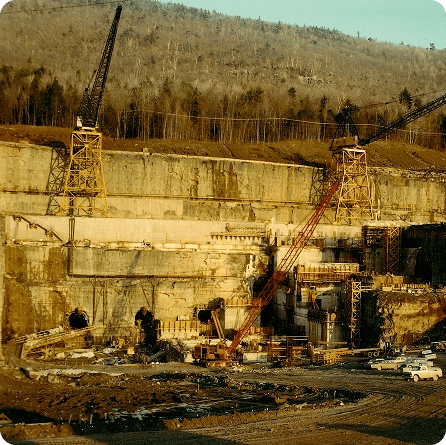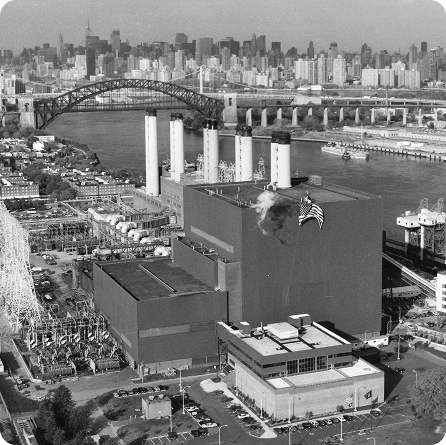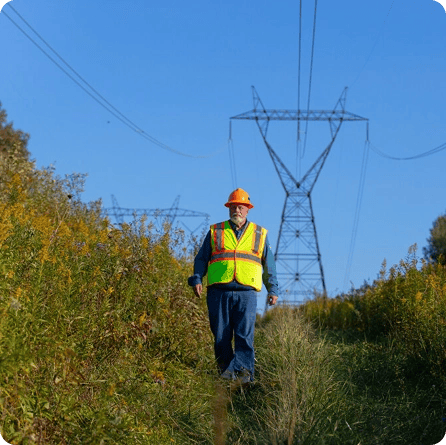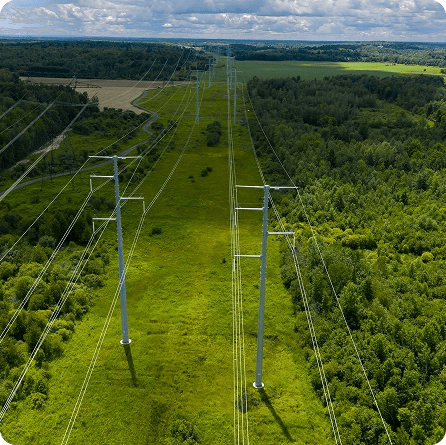New York Power Authority
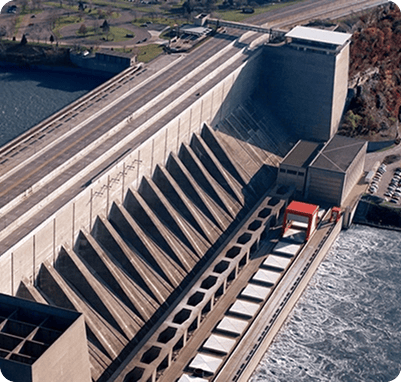

New York Power Authority
VISION2030 Renewed is NYPA and Canals’ multipronged commitment to driving New York State’s clean energy future. This updated strategic plan is not just a reflection of where we have been, but a clear directive on how we will continue to lead in the years ahead, leveraging both our historical strengths and our newly expanded capabilities.
Lead the transition to a carbon-free, economically vibrant New York through customer partnerships, innovative energy solutions and the responsible supply of affordable, clean and reliable electricity.
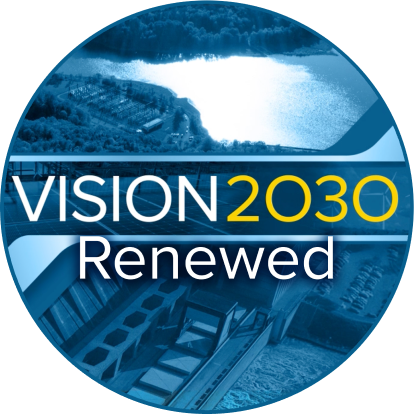
Loading component...
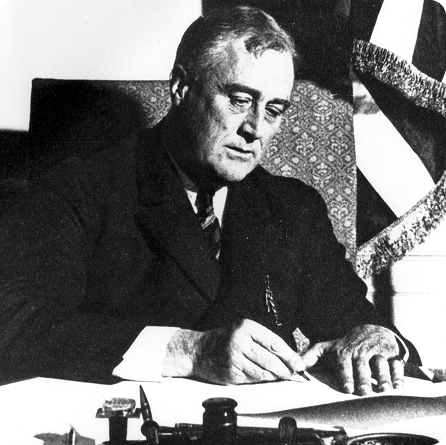
Founding and Early Years
In 1931, the New York Power Authority (NYPA) was born from the Power Authority Act, a landmark piece of legislation signed by then-Gov. Franklin D. Roosevelt. This act set the stage for harnessing the vast hydroelectric resources of New York State.
“It is my earnest hope that this is the forerunner of cheaper electricity for the homes and farms and small business people of the state," Roosevelt said in a radio speech.
By 1935, the groundwork for the ambitious St. Lawrence-Franklin D. Roosevelt Power Project was laid, bolstered by the enthusiastic support of Roosevelt, who by then had become president of the United States.
This decade of pioneering efforts culminated in 1939, when NYPA secured federal approval for the St. Lawrence-FDR Power Project, marking a significant milestone in the Power Authority’s early history.
In 1942, then-Gov. Herbert Lehman signed legislation authorizing New York State to establish rural electrical cooperatives that would qualify for loans from the federal Rural Electrification Administration. The new law is viewed as complementary to the Power Authority Act.
By 1947, NYPA was looking beyond hydropower to nuclear energy.
NYPA’s financial success is predicated on the health of its generating and transmission facilities. By keeping our assets in top condition, NYPA can support New York's energy and economic development initiatives.
In addition to the revenue from the sales of our power and services, NYPA's balance sheet includes bonds issued to finance long-term investment.
The NYPA Impact
25%
1,550
80%
Strategic Supply Management and RFPs

$1.8B+
Spent With Diverse Small Businesses

Over $1.8 Billion Invested in Diverse and Small Businesses
This initiative highlights our commitment to enhancing supplier diversity and stimulating economic growth across the state.
Register for Bidding Opportunities
We announce bidding opportunities for goods and services estimated at $50,000 or greater.
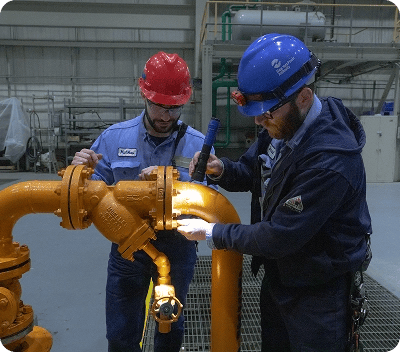

NYPA is leading the transition to a carbon-free, economically vibrant New York. Bring your passion, your ideas, your ambitions — we’ll provide the opportunity!

From financials to our Integrated Report, agendas to meeting minutes and more, NYPA's online library creates a simple location to find what you might need.
To help our stakeholders find the most current information, NYPA posts documents for the time required by law and common use.

From financials to our Integrated Report, agendas to meeting minutes and more, NYPA's online library creates a simple location to find what you might need.
To help our stakeholders find the most current information, NYPA posts documents for the time required by law and common use.
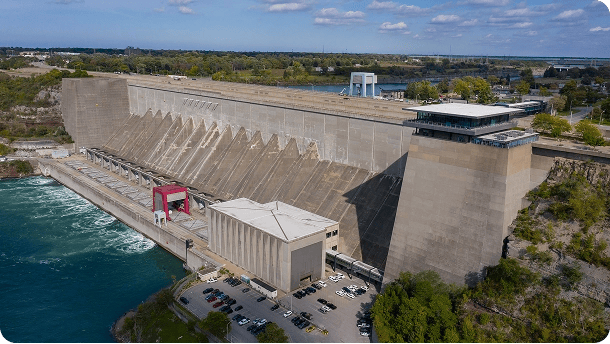

NYPA Corporate Phone Number: (914) 681-6200
Email: info@nypa.gov
New York Power Authority
123 Main Street
White Plains, NY 10601-3170
Email: media.inquiries@nypa.gov
Phone: (914) 681-6770
